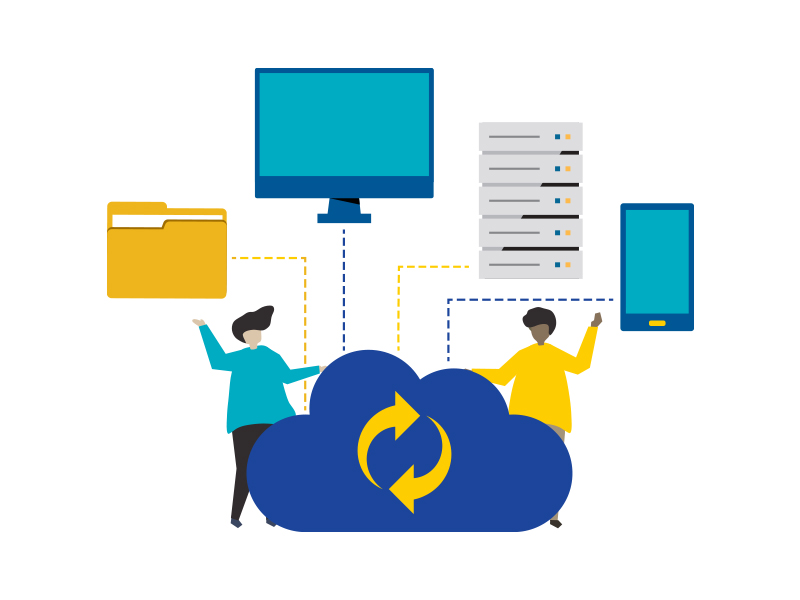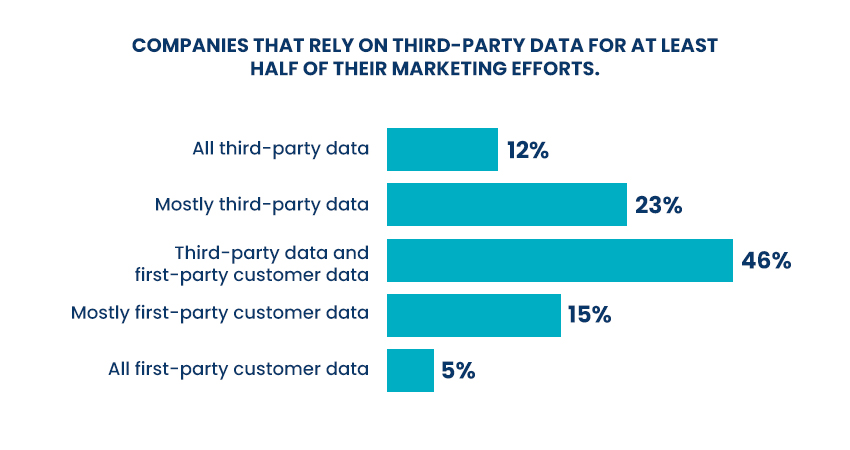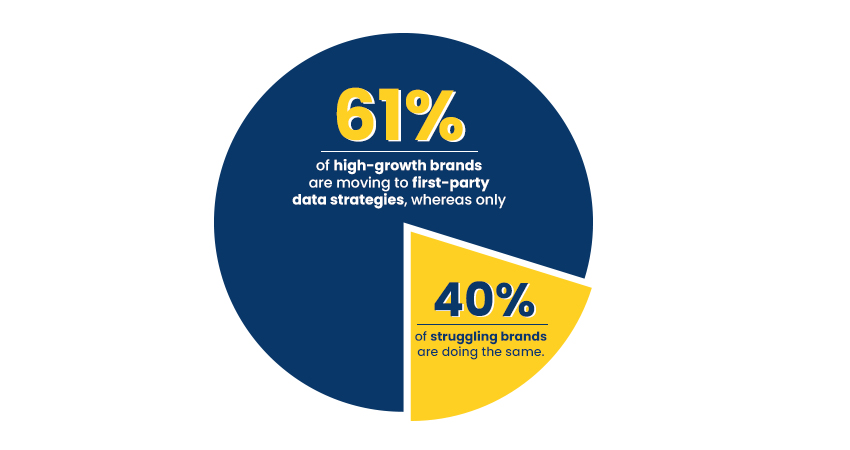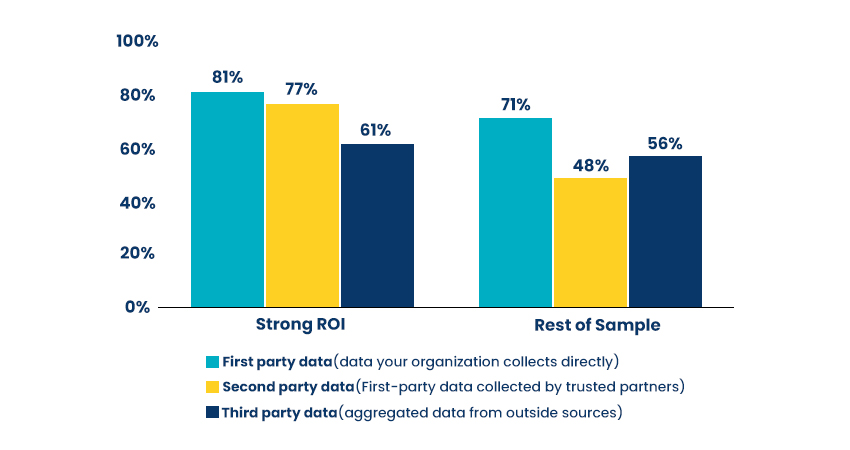
First-Party Data, Not First-Party Drama
Marketing today often feels like playing a game where the rules keep changing. One day, we hear that cookies are disappearing. The next day, Google says they may not be going away after all. In between these shifts, brands are struggling to answer one of the most important questions in business: what drives growth?
Attribution, the science of understanding what results in a customer action, has now become quite messy and unreliable. Yet in this uncertainty, there is a possible way forward. A path that not only allows businesses to survive disruption but also to thrive in it. That path is powered by something already in their control: first-party data.
Instead of getting caught in the cookie drama, companies can utilise first-party data to establish lasting relationships, gather genuine insights, and develop marketing strategies rooted in trust.
Why Attribution Feels Like Guesswork
Imagine this scenario. You invest across multiple channels: search ads, email campaigns, influencer partnerships, and SEO. A customer finally makes a purchase. But which investment truly made the difference? The answer is often uncertain.
That uncertainty comes from years of over-reliance on third-party cookies, which were once the backbone of digital attribution. These tiny trackers followed users across the web, helping marketers draw connections between actions and outcomes. But now that glue is cracking.
- Privacy laws such as the General Data Protection Regulation (GDPR) and the California Consumer Privacy Act (CCPA) have tightened restrictions.
- Browsers like Safari and Firefox have already blocked third-party cookies.
- Consumer expectations regarding privacy have undergone a fundamental shift.
According to CookieYes, 69% of advertisers believe that the loss of cookies will impact their business more than regulations such as GDPR and CCPA. That is telling, because it means attribution is causing more anxiety than compliance penalties. Without reliable tracking, enterprises are left guessing where their marketing dollars work best.
And the challenge is widespread. A Twilio Segment report shows that 81% of businesses already rely on first-party data to understand their customers. Yet, many still struggle to measure ROI clearly when third-party signals fade.

Cookies Aren’t Dead, But Not Dependable
The story of cookies has been dramatic.
- For years, headlines warned, “Cookies are dying.”
- Safari and Firefox made the first moves by blocking them.
- Google announced plans to phase them out in Chrome.
Naturally, panic followed. But in 2024, Google shifted course. Instead of killing cookies outright, Chrome users would be prompted to choose their data preferences. So, cookies are not completely gone. But they are no longer reliable either.
It is like building a house on land where the government says, “We might bulldoze this next year… or maybe not.” No rational investor would bet their future on that. Marketers are realising the same truth: even if cookies linger, building strategies on them is building on unstable ground.
First-Party Data: The Calm in the Chaos
The alternative is simple and powerful: focus on the data that comes directly from your customers.
First-party data is collected from:
- Website activity
- Mobile apps
- CRM systems
- Loyalty programs
- Customer surveys and feedback
- Email interactions
As opposed to third-party cookies, first-party data and learnings are not borrowed. It is earned. And when a customer wants to share any data, it is not just any other number. It is a badge of trust.
Why First-Party Data Wins
To understand the difference, think of two scenarios:
- Third-party cookies are like eavesdropping on strangers in a café and trying to predict what they will order.
- First-party data is sitting with a customer at your table, asking what they prefer, and listening carefully.
Here is why first-party data is fundamentally more valuable:
| Benefit | Real-World Example |
| Personalisation that works | A beauty brand utilises skin-type quizzes to recommend tailored products, rather than displaying random ads. |
| Higher trust | Customers know what they are sharing and why, which creates openness. |
| Clearer attribution | If a customer clicks on a link from your newsletter and makes a purchase, you already have the proof. |
| Future-proof marketing | Regardless of regulations or browser changes, your customer data remains usable. |
The key insight is this: first-party data is not merely about substituting cookies. It becomes marketing that is smarter, more personal, and more resilient.
Indeed, Deloitte reports that 61% of high-growth firms are adopting a first-party data approach, compared to only 40% of their less-growing counterparts. This is a key point that highlights the close relationship between first-party data and business outcomes.

Moving Beyond Creepy Tracking
Consumers are not opposed to personalised experiences. What they dislike is being tracked in ways that feel invasive.
Consider the difference:
- You browse shoes once, and for weeks, shoe ads follow you across every site. That feels intrusive.
- You subscribe to a sneaker brand’s newsletter, share that you prefer casual shoes, and receive a discount on their latest sneaker drop. That feels relevant and helpful.
This is the opportunity with first-party data. It transforms marketing from “creepy tracking” to valued connections.
Interestingly, a McKinsey survey found that 76% of customers are more likely to engage with a brand that personalises their communications, but only if it is done transparently and respectfully, while Forrester reports that emotionally connected customers have a 306% higher lifetime value.
Building a Strong First-Party Data Strategy
Simply adding a sign-up form to a website is not enough. Building a successful first-party data strategy requires thoughtful design.
Here are six pillars that work:
- Offer value in exchange for data: Customers will share information if they get something valuable in return: early access, reward for loyalty, privileged insights, or customised offers. In reality, 90% of consumers are likely to share their data to trusted brands if they receive transparent benefits in return.
- Be transparent and respectful: Explain what you are collecting and why. Make opt-ins clear. Honour opt-outs. Transparency builds trust.
- Unify your data: Data is often trapped in silos: analytics tools, CRM, and email platforms. Integrating them into a single customer view unlocks real insights.
- Segment intelligently: Avoid sending the same message to everyone. Use customer behaviour, purchase history, or stated preferences to create tailored campaigns.
- Measure what matters: Instead of relying on cookies, track engagement across your channels, including newsletter sign-ups, repeat purchases, and loyalty activity. These signals are more reliable.
- Leverage AI responsibly: Modern AI tools can analyse first-party signals to predict behaviour, personalise offers, and optimise customer journeys in real time.
Starbucks uses its loyalty program to gather purchase data and deliver highly customised rewards. Netflix tailors recommendations using viewing history. Both are first-party data success stories that drive retention and growth.
More Than Survival: A Path to Growth
The common mistake is treating first-party data as a fallback because cookies are weakening. The truth is, it is a superior approach altogether.
A study found that among those who report strong ROI from information, 81% consistently use first-party data, 77% rely on second-party data, and only 61% make regular use of third-party data. When businesses understand customers directly, they spend less on irrelevant campaigns and more on experiences that deepen loyalty.
Third-party data can help you pursue clicks. First-party data allows you to create communities. Communities, not clicks, are the underpinning of long-lasting growth.

The Bottom Line: No More Drama
The equation is simple:
- Cookies aren’t dead, but they are unreliable.
- Attribution is complicated, but first-party data is clear.
- Brands that truly own their customer relationships will secure their future.
The future of marketing lies in the hands of companies that use data as a means of building relationships, not transactions. Those who value privacy, provide real value, and foster loyalty will not only survive the changes, but they will drive them.
It’s time to put an end to chasing cookies. It’s time to put an end to the drama. The actual opportunity already exists: first-party data, a pillar for trust, connection, and growth.

